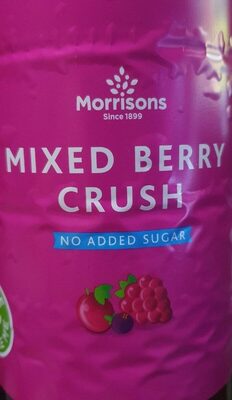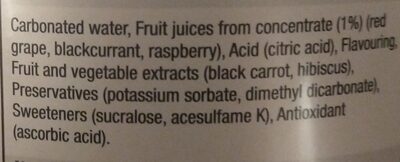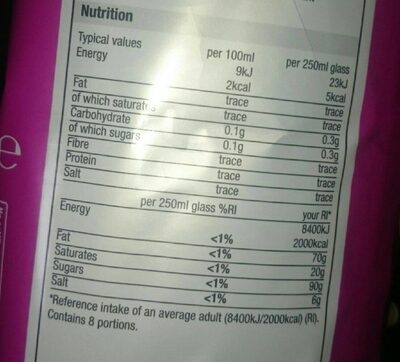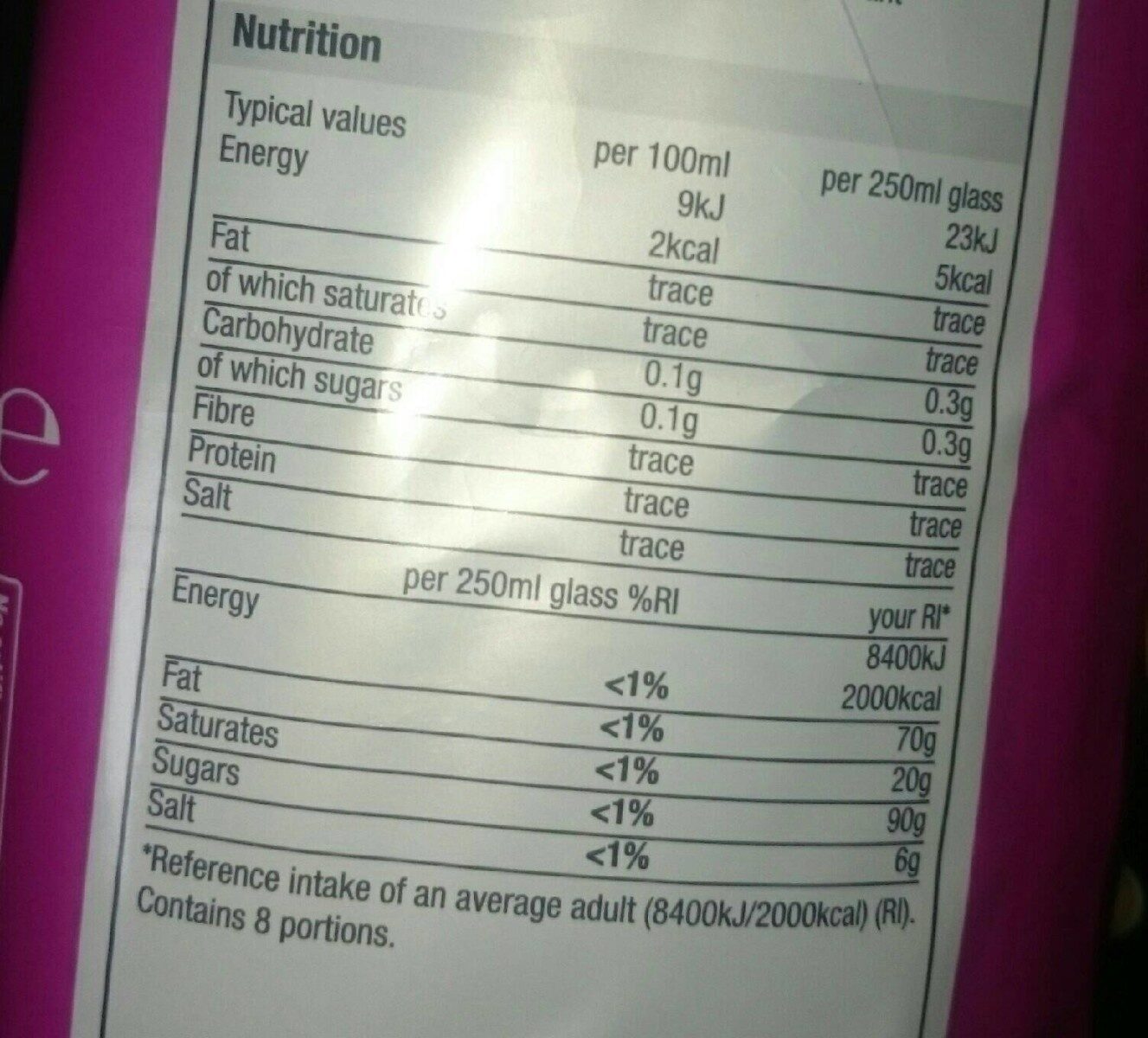Mixed Berry Crush - morrisons
Aquesta pàgina del producte no està completa. Podeu ajudar a completar-la editant-la i afegint-hi més dades a partir de les fotos ja disponibles, o fent-ne més amb l'aplicació de androide o iPhone / iPad. Gràcies!
×
Codi de barres: 5010251509271 (EAN / EAN-13)
Empaquetament: en:pet-bottle
Marques: Morrisons
Etiquetes, certificacions, premis: Sense sucre afegit
Països on es va vendre: Espanya
Matching with your preferences
Entorn
Empaquetament
Transport
Report a problem
Fonts de dades
Producte afegit per kiliweb
Última modificació de la pàgina del producte per roboto-app.
La pàgina del producte, també editada per inf, swipe-studio, thaialagata, yuka.sY2b0xO6T85zoF3NwEKvlk9ZD9b-ox7fLBrtv1bX7Y21LaHJMet_xI3aNKs, yuka.sY2b0xO6T85zoF3NwEKvllxiDMjcvw7gFULvgEeU3MmvJ5G0R9hg8o7KE6o, yuka.sY2b0xO6T85zoF3NwEKvlm5VU9XTjGvoOyPkiVCt6tOjDcLnQfRQ4bHEF6s.
Si les dades són incorrectes o incompletes, pot completar o corregir editant aquesta pàgina.








